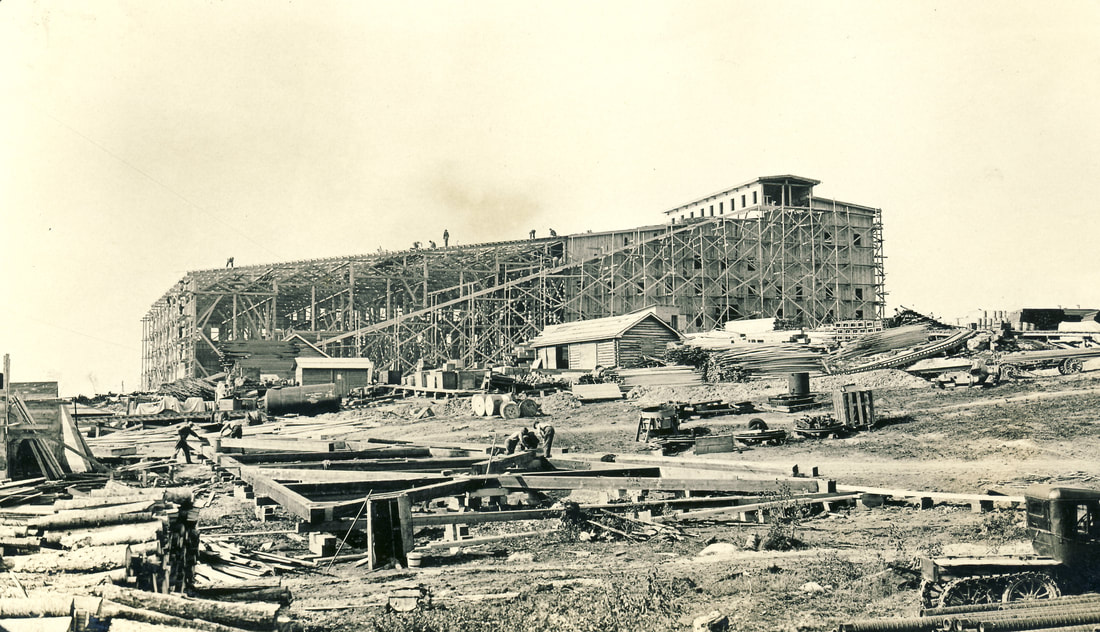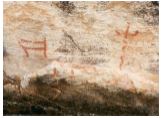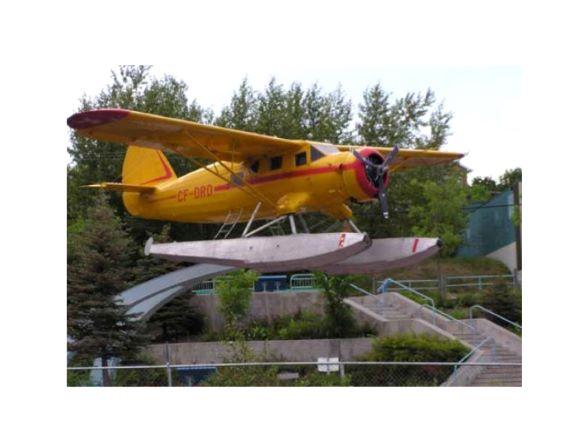Red Lake History
Archaeological evidence suggests that First Nations people have inhabited the Red Lake area for at least 2,000 years. Their stories tell of being in the area since time immemorial. The original inhabitants were proud members of the mighty Cree and Sioux Nations. Approximately 200-300 years ago, members of the Ojibway Nation moved into the Red Lake area, rapidly becoming the dominant population of the region. The economics of the day was based on the vibrant trade and barter of locally harvested materials. The freshwater rivers and lakes along with the area forests provided an abundance of game, as they continue to do today.
By 1650, French fur traders had established trading camps on Lake Nipigon and the Ojibway from Red Lake began to travel to these camps to trade furs. Capitalizing on the hunting success of the Ojibway, and to undercut the French trade position, the English established a base on Hudson Bay at the mouth of the Albany River and attracted much of the Ojibway trade. The historic map illustrates the number of trade posts established to provide the waterproof beaver pelts to the European market.
In an effort to get the furs first, both the French and the English moved their trading posts further inland to be closer to their suppliers. Evidence of these posts still remains in the Red Lake area. The major posts were the North West Company post - Red Lake House, established in 1786 - and the Hudson Bay Company post, established in 1790. A number of posts were also built on Lac Seul, southeast of Red Lake, during the latter 1800s. By 1821, all the trading posts had become controlled by the Hudson's Bay Company.
Fur trading continued to be an important economic activity in the Red Lake area until approximately 1920. Like the 1700s, today the market for fur continues to ebb and flow with the tide of European fashion. Despite the current weak market, local First Nations people and others, continue to walk the trap lines of yesteryear thus keeping alive an important part of Canada's history. The sunset of the fur trade was very shortly outshone by the glitter of gold in the region.
Geologically the Red Lake area is a part of the Canadian Shield. Worn and exposed by hundreds of thousand years of erosion, the Shield provided prospectors with a glimmer of hope about the mining potential in the region. The original prospectors were seeking silver. After the 1924 release of a Canadian geological survey of the upper English River Valley, the GOLD RUSH was on. By new years day 1926, news of the gold finds had finally reached the outside world. The ensuing gold rush brought prospectors from all over to the area, including sourdoughs from the Yukon's Klondike Gold Rush.
The Town of Hudson became the staging area of this gold rush. More than 3,000 men drove dog teams and rode on sleighs up the frozen Hudson River in search of their fortune. Six days and nights of blistering cold had to be endured before the prospectors arrived at the Red Lake base camp. The Red Lake gold rush spawned a number of unique northern transportation companies during this period, especially the float planes that would come to dominate the industry within 20 years. In the early days, however, companies like the Red Lake Transport Company with their sixty teams of horses for winter freighting and stern wheel barges, tugs and freighter canoes for the summer months, and the more expensive motor launches of the Lac Seul Trading Company, provided a number of alternatives for the prospectors to get to their claims. Most importantly though fast transportation was needed to get their finds to the southern markets.
 Construction of the mill at the Howey Bay Gold Mine -1929
Construction of the mill at the Howey Bay Gold Mine -1929 By the end of 1926, Red Lake was a thriving service centre for area prospectors and construction workers, many of whom were sinking a shaft and building milling facilities at the Howey Gold Mine - the area's first major mining development.
The Howey Gold Mine began mining and milling gold in 1930 and used hydroelectric power from a hydro generation plant built in Ear Falls between 1928 and 1930.
Many other mines were in the process of opening at that time. McKenzie Red Lake went into production five years after the Howey. The many others that followed include Red Lake Goldshore, Gold Eagle, Madsen Red Lake, Hasaga, Cochenour-Willans, McMarmac, Starratt Olsen, Dickenson, Placer Dome (Campbell Red Lake), H.G. Young, Buffalo, Albino, and Lake Rowan. Of these mines, Placer Domes Campbell Mine, Dickenson Mine now owned by Evolution are still in production. Over $9 billion dollars of gold has been mined in the area.
Gold is not the only mineral mined in the area. In 1953 an iron ore deposit was found at Bruce Lake. The Griffith Mine site produced high-grade ore for twenty years. The southern boundary of the district has world-famous granite deposits. Also know as Vermillion Pink, 20-30 ton blocks are shipped to carvers and fine stonemasons all over the world. The growth of the forest industry in the district coincided with development in the gold rush period. The forest industry today represents both logging and manufacturing of pulp and paper, and value-added forestry products such as oriented strand board (OSB). Mechanization of the industry including the use of satellite imaging is making companies more efficient while simultaneously working to protect sensitive ecological sites.
Gold continues to be the major industry in the Red Lake District. Nature-based tourism is the second most important industry in the area. Tourism began prior to the Second World War, when a party of ardent fishermen or hunters, usually from the United States, would arrive at Hudson. After hiring a local guide the expedition would be off onto the frontier to hunt for game, including, trophy bears, moose, caribou, along with beaver, and to fish for record-sized walleye, northern pike, and trout. Today there are over 50 tourist-based businesses in the area some specializing in European tourists, others American and Canadian guests. Not all tourists are record-seeking hunters or anglers, the area is a fabulous Eco-Tourism destination with the Hudson Bay outpost sites, the possibility of bear and moose sightings, opportunities for canoe trips in Woodland Caribou Provincial Park, and views of the northern lights. With proper management and care, tourism is the industry with the most sustainable growth potential. One of the community's summer festival tourist events is Norseman Days which is a community celebration that recognizes the importance of aviation in accessing the Canadian North.


